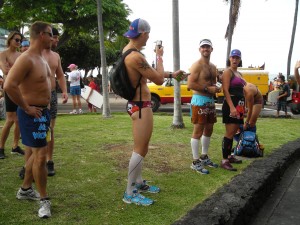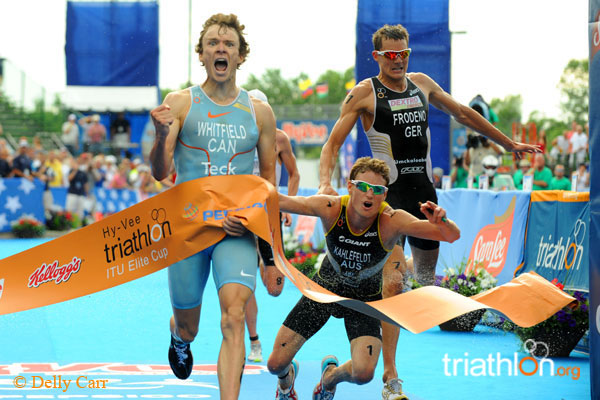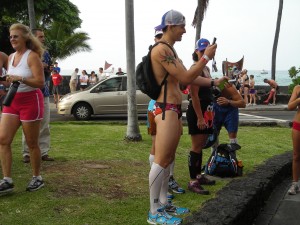Planning is Everything, Really
Plan to Stay Injury Free
This is the IM finish line in Kona the morning after. Sure it’s the stuff of dreams and many successes. History notes about a 93% completion rate. But what about those who failed, or failed at some other race, even the local sprint tri back home? Was there a lack of planning at some stage?
“Lack of planning on your part does not constitute an emergency on mine.” What did you forget? And don’t say nothing. At one point we’ve all omitted one thing or another. In a previous post, I somewhat sheepishly admitted leaving my bike shoes home for one of my “A” races, an event in which I’d won the age group the year before. Needless to say I did not repeat!
This is the time of year that the conscientious triathlete not only begins to dream of the potential for the upcoming racing season but starts to develop a series of goals and a road map to get there. This could be something as complete as a computer generated Annual Training Plan where the entire schedule, division of swims, bikes, runs, rest days, the works, are populated. Or, it could be sitting down with the local swimming guru if this is your weakest sport, your limiter so to speak, and getting his/her hands on expertise at incorporating the best combination of workouts, drills, indoor and outdoor swims to put you at the greatest advantage come race day.
Since these posts are about minimizing injury, this time of year would also be ideal to plan ones training stress, training volume – the amount of work you plan. This is the slope of the effort line from now till the first race that not only gets you prepared, it does so in a very gradually increasing fashion, to minimize the potential for Achilles tendinitis, IT band problems, stress fractures, etc. Determining the cause of a triathlon related injury can be a real challenge as we seldom see ourselves from the outside. And, I don’t think that this is intentional, it’s just human nature. I’ve talked about injuries with thousands of athletes and it takes patience and specifics to get to the root cause of an overuse injury some times. Weakness or failure can be a hard thing to own up to in our chosen sport. Right?
I firmly believe that much of the misery, lost training time, races missed, etc. could be avoided if each athlete took the time to plot out the whole year with this in mind. It would sure make my life easier in the office, and life happier for many athletes. I’d like you wish you a Happy (and Injury Free) New Year!
John Post, MD
www.johnpostmdsblog.blogspot.com (Peeing on a Moving Bike)









